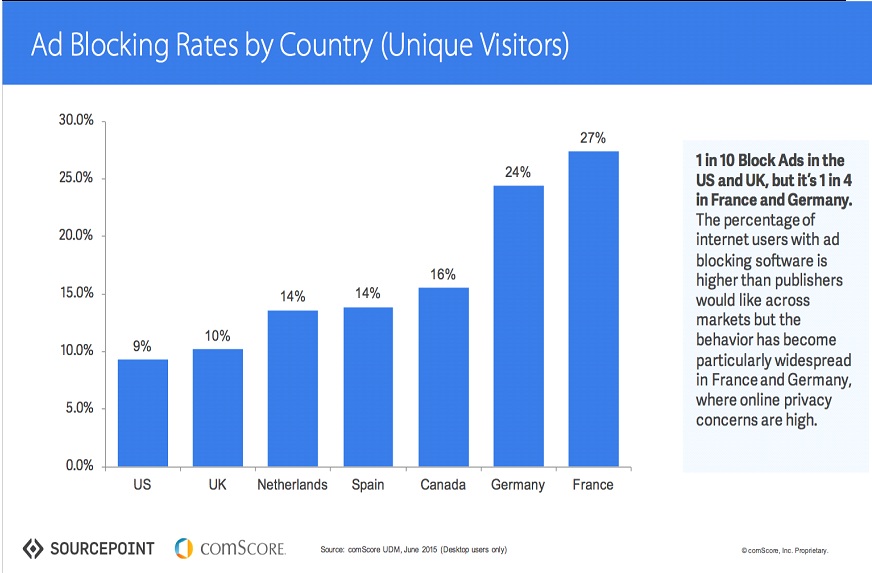Being said and heard many times that content is the king of SEO, we can’t deny the fact that this statement holds. But you can’t just put any content you found online and giving that content little tweaks and that’s where SEO friendly content comes into picture. SEO-friendly content is mandatory if you want to boost your content online which will eventually bring traffic to your website and that’s the whole game.
Quality is always important when producing new content, but it’s the SEO that can boost your efforts of reaching a target audience.
SEO-friendly content doesn’t have to be difficult or time-consuming, provided that you understand how on-page SEO can work alongside your content.
Here’s a small how to create content that both your audience and search engines will enjoy.
Original Content Is The Demand
The key to success is originality of the content, the lesser it is plagiarized the more benefit it will give to you.
There’s no point in creating new content if it’s not authentic enough to stand out. Even if you come up with an idea from a different source, it’s still up to you to offer your unique perspective that will add value to the particular topic.
Copyscape is a plagiarism checker that can help you test your site’s content for its originality. Duplicate content, by and large, is not appreciated by search engines and it won’t help you rank higher in SERPs.
If you find it difficult to come up with new content ideas, here are 10 quick ways to find inspiration for your next topic.
Title Optimization Should Be Checked
Your headline is among the first things that users will come across when carrying out a search. This makes them important, and it’s useful to brainstorm as many variations as you can until you land on the best candidate.
Using your focus keyword in the headline can also be a good idea, but don’t try too hard to include it. Use power words and avoid redundancy to create a clear and appealing result. Aim for a headline of 55-60 characters, as this is what Google will display on the SERP.
Also, make sure that your URL is relevant to the title, rather than a sequence of numbers that only makes it more complicated.
Structure Your Content
It’s not just the content, but also its structure, that helps search engines decide on the results they’ll display first. Thus, a clear structure with headings and paragraphs that facilitate reading are preferred both from a user perspective and also from a search perspective.
Headings also help search engines get a quick overview of your content, which is why it can be beneficial to feature your focus keyword at least once.
Whether you follow the structure of H1 to H6, or simply add H2 and H3 headings at relevant points throughout the text, consistent structure in your pieces of content is appreciated.
Stuff Keywords
Keywords are less often used nowadays as the first signal to indicate what your post is about, but they are still helpful to offer an overview of the topic you’re focusing on.
Keyword research is still useful when trying to decide on the most interesting topics for your audience. Keywords can still be part of your content, provided that they are added in context and at the right balance. There’s no need to sacrifice the quality of your content to include more keywords, as keyword stuffing can lead to the opposite of the result you want.
Readability Is The Aim
The readability of your content has to do with the simplicity of its language, the lack of grammatical or syntactical errors, and the sentence structure.
Online readability tests allow you to learn the “reading age” someone needs to understand your content, and they depend on:
- sentence length
- number of syllables per words
- frequency of passive voice
Despite the different readability formulas, you can still gain valuable insights on your writing that become even more useful if you want to target a wide audience.
Is your content suitable for the audience you want to target?
Include Links (External And Internal)
Internal links can help you prove your authority in a particular field by creating a logical sequence from one post to the other. This may lead to a series of posts that offer additional value, making it easier for search engines to understand your key topics.
External, or outbound, links indicate that you are well aware of the topics you’re writing about, to the extent that you’re ready to use further sources to support your content. It’s more useful to link to reputable sources, as these links have bigger credibility.
Beware, excessive linking, either internal or external can lead to the exact opposite results. Make sure that every link serves its own purpose in your content.
Optimize All Your Images
The optimization of your images provides an additional opportunity to show up in search results, this time in image search.
As visual content becomes more and more prominent, it cannot be left out of SEO. Luckily it’s not time-consuming to optimize your images. All you have to do is keep in mind a few simple tips:
- Always keep the file name relevant
- Be careful with the file sizes, as they affect the page speed
- Don’t forget to add alt text, or else a title for your image
- Think like a user when naming your images
- Focus on quality images and avoid generic ones
User Is Primary
Every piece of content should have the user in mind. This also applies to SEO. You can’t create your next piece of content, or carry out keyword research, without knowing your audience.
What does your audience expect from you?
How can you enhance the user experience?
Does your site sabotage your content?
All the questions above can be answered by paying closer attention to your site, your content, and your target audience. Google rewards pages that focus on user experience, so never underestimate the power of the user.
Some Tips To Finish Up
- Focus on user intent
- Be authentic
- Come up with the best headlines for your content
- Pay attention to the content’s structure
- Use keywords wisely
- Edit, proofread and aim for readability
- Use both internal and external links to add further value
- Optimize all your images to gain new opportunities for search ranking.
SEO-Friendly Content is the need of the hour and it should be implemented well to make sure that you are up to the mark of whatever you are doing and you are not lacking behind in any aspect.
Hope you have enjoyed this blog post and our other blogs as well.
In case if you have missed reading, go through Top 10 Most Illustrated Web Designs or Top 10 Ways To Get More Views On YouTube Videos.
Most Common Web Design Mistakes – Coffin For A Website is a monstrous dream for any web designer.







